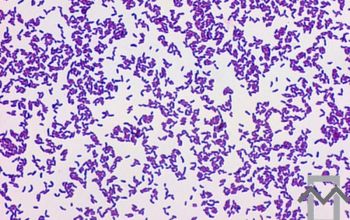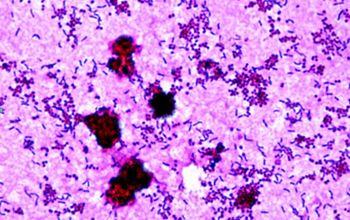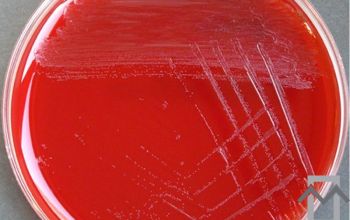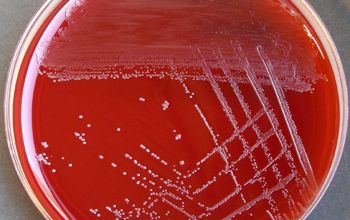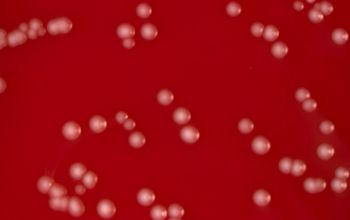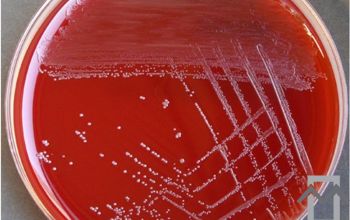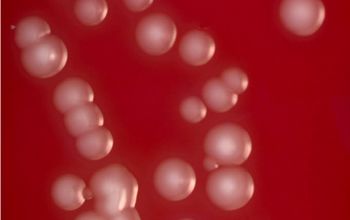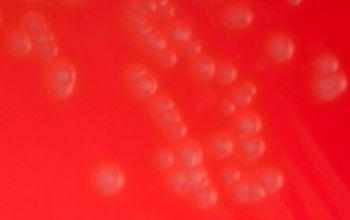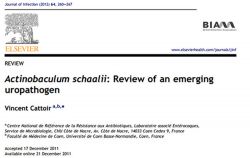Actinotignum schaalii (Actinobaculum schaalii)
-
General information
Be aware of infections due to A. schaalii, it is a uropathogen with potential invasiveness leading to severe infections. Taxonomy
Family: Actinomycetaceae,
Genus: Actinotignum schaalii
Formerly: Actinobaculum schaalii
Genus: Actinotignum
A. schaalii
A. urinale
Natural habitats
The natural habitat of A. schaalii remains unknown, but it is probably part of the commensal flora of the human genital or urinary tract.
Clinical significance
They are associated with genital and urinary tract infections, mainly in elderly and patients with underlying urological conditions.
Some evidence suggests that this bacterium may also cause urinary tract infections among pediatric patients.
Investigation must be performed for patients for whom urine culture remains ‘sterile’ under aerobic conditions whereas many Gram-positive rods and leukocytes appear on smear microscopy and of patients who do not respond to treatments for UTIs.
Severe infections have also been described, such as urosepsis, bacteremia, cellulitis and endocarditis.
Bacteremia with A. schaalii is associated with a mortality rate of 16%, with over 50% of patients experiencing severe sepsis.
-
Gram stain
Gram-positive, straight to slightly curved coccoid rods, occasionally branching.
lying single or in clusters.
Gram reaction decolorization in old culture
-
Culture characteristics
-
facultative anaerobic
Growing preferentially under anaerobic or microaerophilic conditions on 5% sheep blood agar plates, for 48 h.
BBA Ø:
- after 24 hours, the colonies are very small (pinpoint) and after 48 hours, the colonies are 0.5-1 mm, non-hemolytic, gray-white, dome shaped, glossy with a smooth edge.
- after 2-5 days, a weak β-hemolysis and one colony sometimes seems to consist of two colonies.
Investigation must be performed for patients for whom urine culture remains ‘sterile’ under aerobic conditions whereas many Gram-positive rods and leukocytes appear on smear microscopy and of patients who do not respond to treatments for UTIs.
-
-
Characteristics
-
References
James Versalovic et al.(2011) Manual of Clinical Microbiology 10th Edition
Karen C. Carrol et al (2019) Manual of Clinical Microbiology, 12th Edition
Actinobaculum schaalii: Review of an emerging uropathogen, Journal of Infection, Volume 64, Issue 3, March 2012, Pages 260-267

